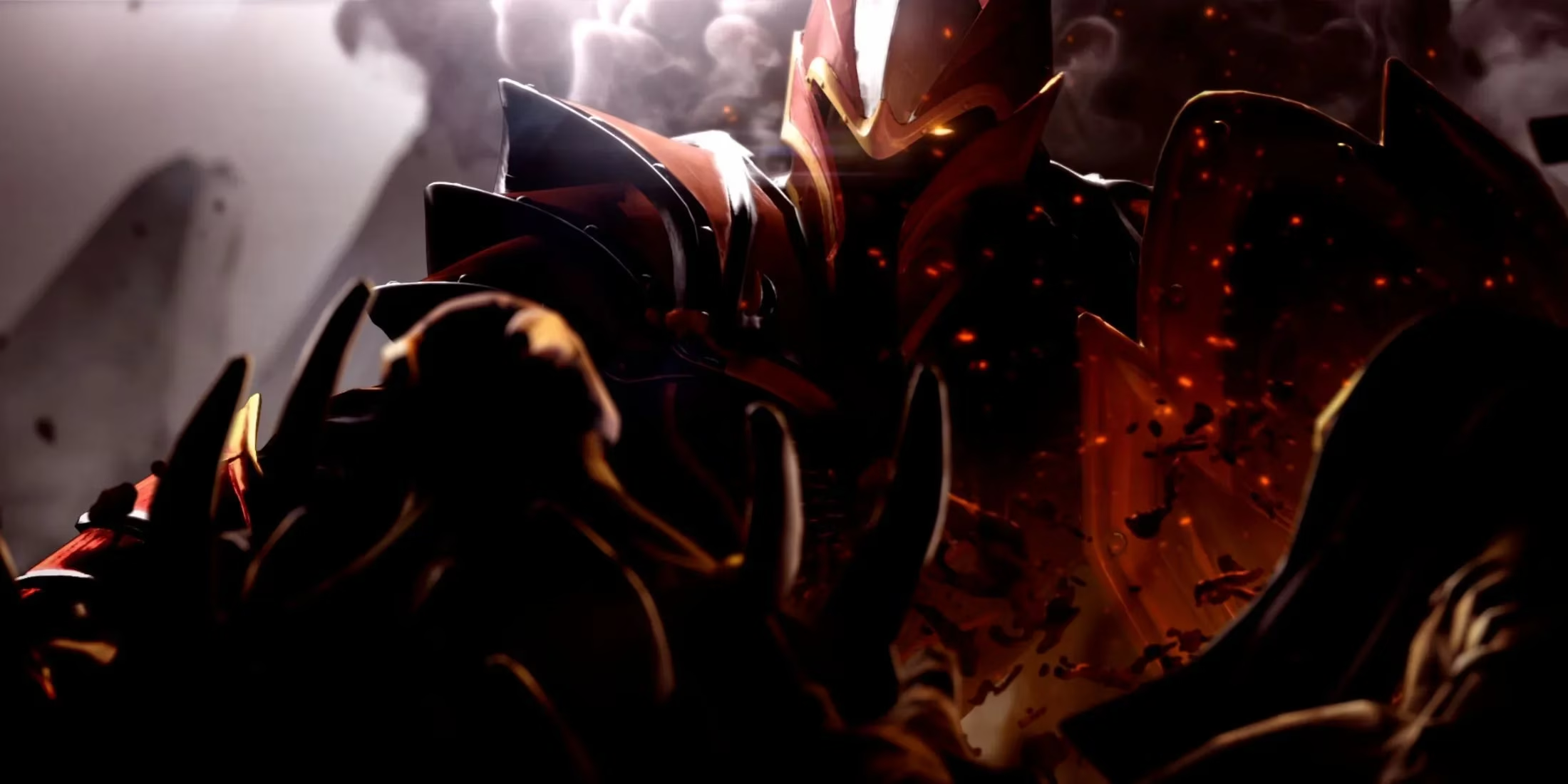Dota 2 Ranking System Explained: MMR, Tiers and Competitive Journey
Discover how understanding Dota 2's strategic ranking system and MMR fluctuations transforms gameplay into a rewarding journey of skill mastery and progression.
Dota 2 remains one of the most strategically demanding MOBA games where players constantly push their limits against worthy opponents. The thrill of seeing your rank climb after a hard-fought victory is unmatched - that moment when the MMR counter ticks upward makes all those tense team fights worthwhile. Yet many warriors enter the battlefield without fully understanding how the intricate ranking ecosystem operates. Knowing exactly what those shimmering medals represent and how MMR fluctuations work transforms gameplay from frustrating guesswork into a rewarding progression journey where every decision matters. Let's explore this competitive ladder that turns casual players into seasoned veterans.

The Heartbeat of Competition: MMR Explained
At its core, Matchmaking Rating (MMR) serves as Dota 2's numerical skill indicator - the pulsating lifeblood determining who you battle in the trenches. This dynamic score fluctuates with each victory or defeat, typically shifting by around ±25 points per match. The system cleverly weights these changes based on opponent strength; defeating higher-ranked squads yields glorious MMR bounties while falling to underdogs stings extra hard. Veteran players often describe watching their MMR as an emotional rollercoaster - that gut-wrenching drop after a throwaway match followed by the triumphant surge when clutching a comeback. Personally, nothing compares to the adrenaline rush when queuing against opponents sporting flashier medals, knowing victory could catapult you across ranking thresholds.
Earning Your Stripes: The Path to Ranked Glory
Before entering the competitive arena, newcomers undergo a rite of passage: 100 hours of unranked preparation. This apprenticeship period feels like wandering through fog - you sense competitive greatness awaits but can't yet grasp it. Once completed, calibration matches commence where initial MMR gets calculated through performance metrics. I vividly remember my own calibration anxiety, each match carrying the weight of future matchmaking. Post-calibration, the real journey begins across eight distinct ranks:
| Rank Tier | MMR Range | Progression Feeling |
|---|---|---|
| Herald | 0-770 | Discovering basic mechanics |
| Guardian | 770-1540 | Understanding teamwork |
| Crusader | 1540-2310 | Developing strategic awareness |
| Archon | 2310-3080 | Mastering role specialization |
| Legend | 3080-3850 | Executing advanced tactics |
| Ancient | 3850-4620 | Perfecting timing & coordination |
| Divine | 4620-5620 | Competitive-level execution |
| Immortal | 5620+ | Professional mastery |
Each rank contains five subdivisions except the prestigious Immortal tier, creating 39 distinct progression steps total. Climbing from Archon to Legend felt particularly transformative - suddenly draft strategies deepened, smoke gains synchronized perfectly, and comebacks became calculated maneuvers rather than flukes. This meticulous tiering provides constant motivation; even small improvements get rewarded with visible rank-ups.
The Competitive Ecosystem: From Ladder to Esports
Reaching Immortal opens pathways to professional play, where elite squads dominate tournaments like The International. The 2025 competitive landscape features powerhouse teams including:
-
🏆 Team Spirit (EEU)
-
⚔️ PARIVISION (EEU)
-
🛡️ Tundra Esports (WEU)
-
🔥 Team Falcons (WEU)
These organizations scout talent directly from top Immortal leaderboards, proving the ranking system's effectiveness at identifying world-class skill. Watching TI14 contenders execute strategies you've practiced in ranked matches creates profound appreciation for how the ladder cultivates professional-level decision-making.
Personal Grind Reflections
My journey from Herald to Ancient spanned two years of intense learning curves. Early struggles involved overcoming toxic teammates - turning mute-all into survival instinct. The breakthrough came when focusing on three heroes per role instead of flavor-of-month picks. Recording replays revealed positioning flaws invisible during matches. Most importantly, embracing losses as learning opportunities transformed frustration into growth. That first Ancient medal symbolized countless hours studying map movements and itemization timing. Now, every Divine opponent represents new tactical dimensions to conquer - the climb continues!
⚔️ Dota 2 Ranking FAQ ⚔️
Q: Why do I gain different MMR amounts per win?
A: The system dynamically adjusts gains based on opponent strength. Defeating higher-MMR teams yields bonus points while beating weaker squads gives diminished returns - rewarding skillful underdog victories!
Q: How long until ranked unlocks?
A: New accounts require approximately 100 hours of unranked gameplay before calibration unlocks. This prevents inexperienced players from disrupting competitive integrity.
Q: Can party MMR affect solo rank?
A: No, solo and party MMR operate independently since 2023. Playing with friends won't impact your individual medal progression.
Q: How often do ranks reset?
A: Seasonal resets occur approximately every six months, requiring recalibration matches. Your final rank determines starting position for the new season!
Q: Do behavior scores affect matchmaking?
A: Absolutely! Toxic players get queued together regardless of MMR. Maintaining good conduct ensures balanced, competitive matches.
Understanding Dota 2's ranking ecosystem transforms frustration into purposeful progression. Each medal represents accumulated knowledge - from Herald's mechanical foundations to Immortal's razor-sharp decision making. Whether chasing professional dreams or personal milestones, the journey upward remains one of gaming's most rewarding challenges. See you on the leaderboards!

Comments